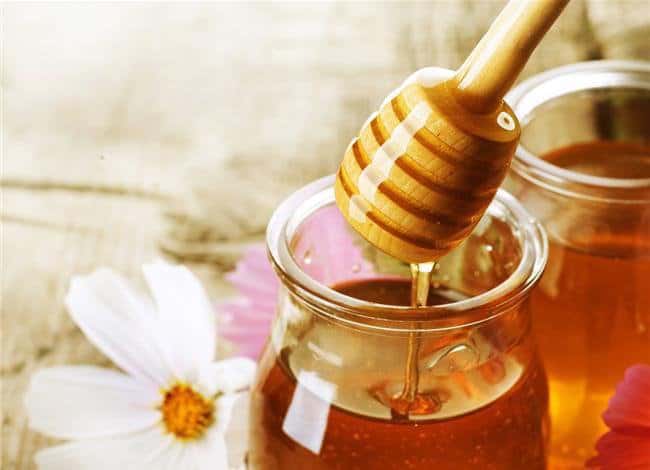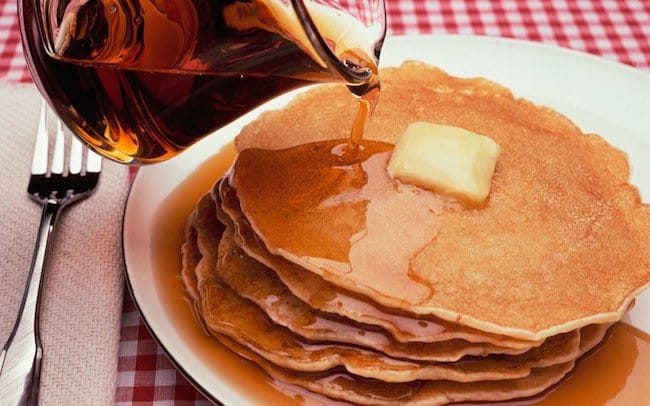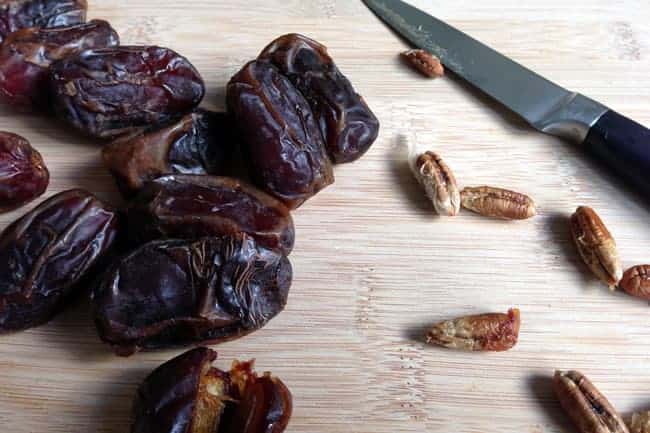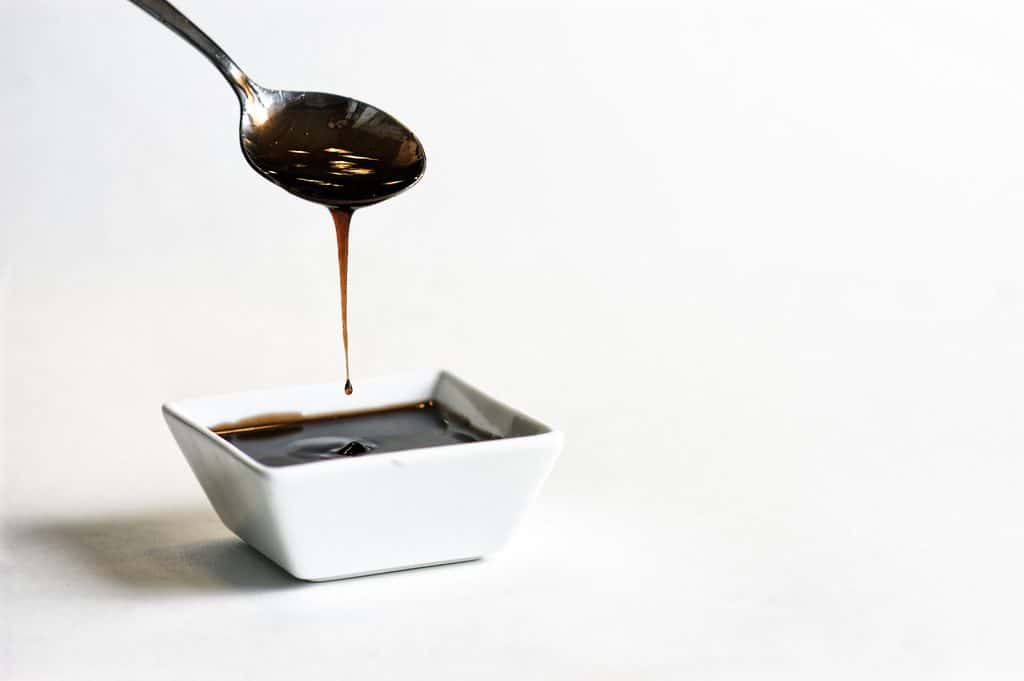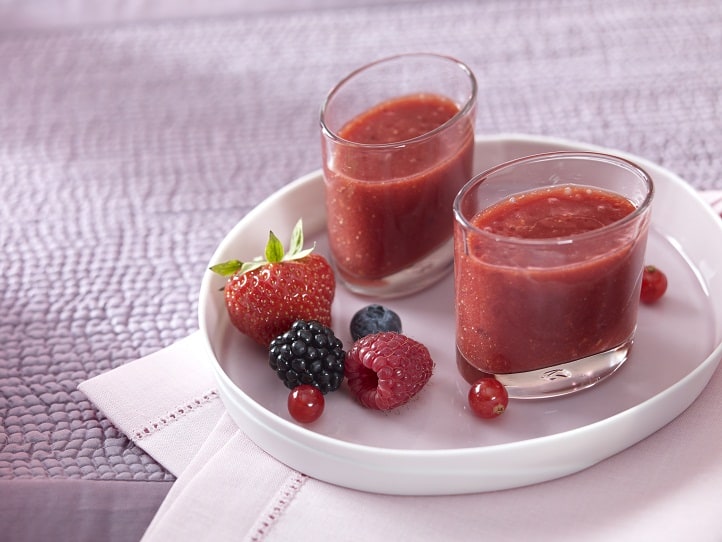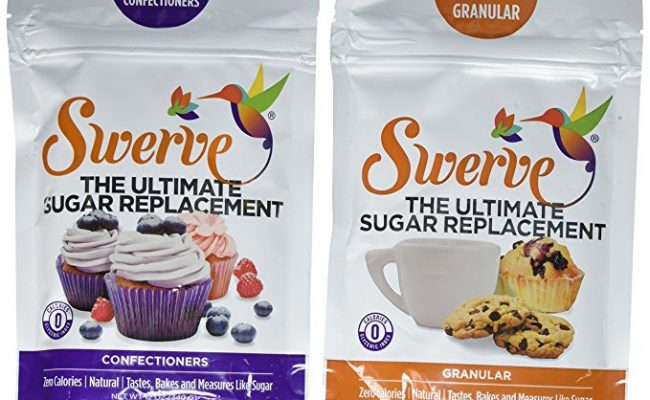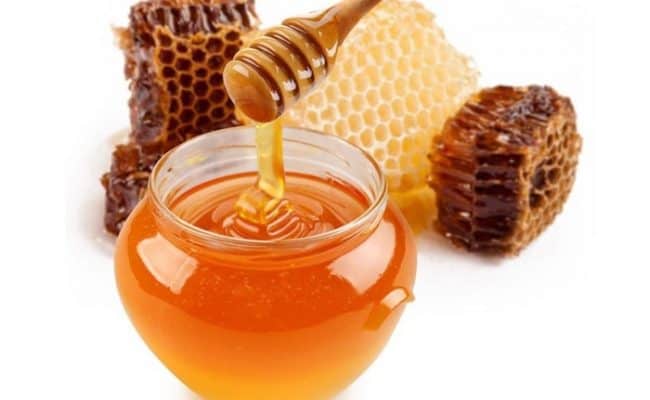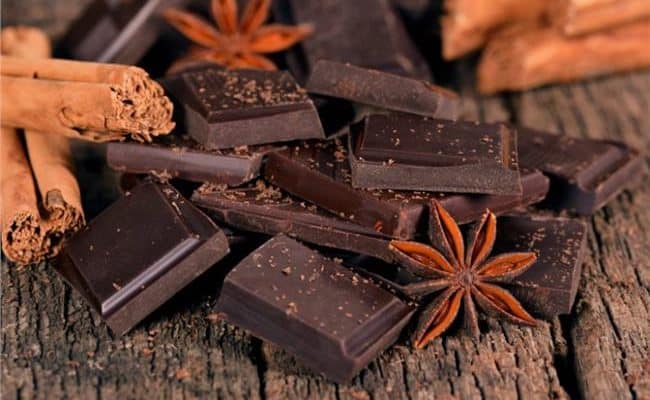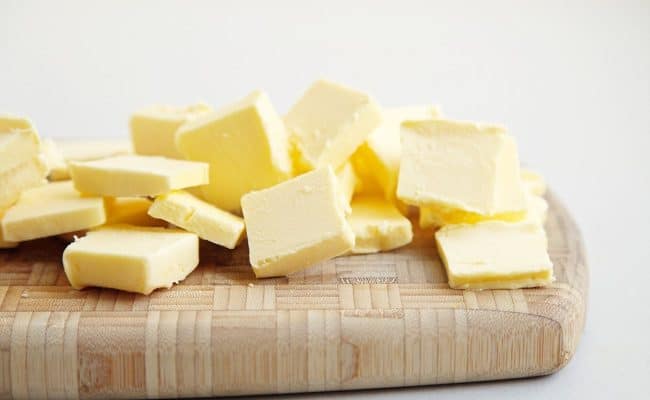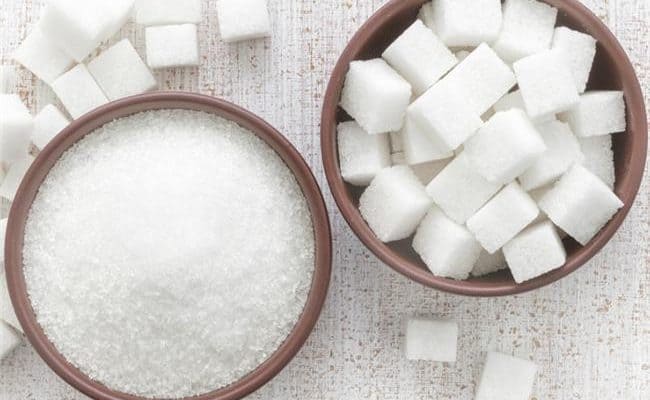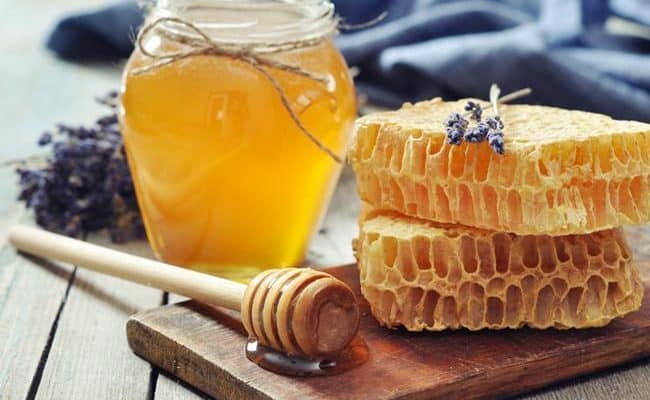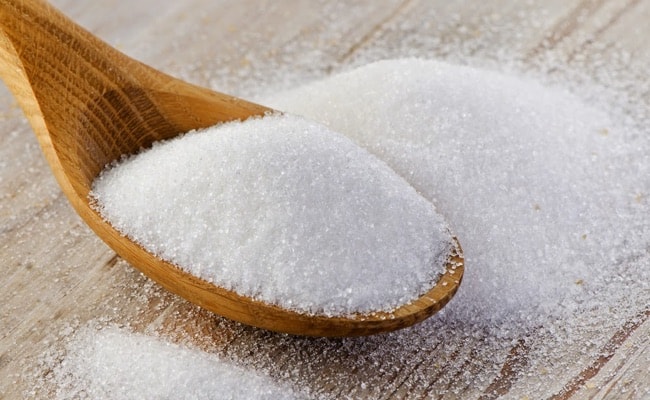
With the increase of type 2 diabetes, obesity and metabolic syndrome worldwide, global health messages often focus on a key issue: lowering sugar intake. Most people in Western societies get too much sugar in their diet and not enough nutrient dense foods like fruits and vegetables.
In fact, according to a 2014 study (1), more than 70% of adults got more than the recommended 10% calories from sugar.
Researchers found a significant relationship between added sugar intake and increased risk for cardiovascular disease.
With the increased body of research showing negative impact of sugar and health, calorie and sugar free sweeteners have also increased in popularity.
However, the safety of these artificial sweeteners is not convincing for many health experts. There is some research to suggest artificial sweeteners could influence appetite, satiety and gut bacteria.
Besides plain white sugar, there are now many forms of sweeteners. Some are marketed as being healthy alternatives to sugar.
However, no matter what the sweetener, it is important to remember any form of added sugar should be used sparingly.
Sweeteners that are portrayed as healthy should still be limited; they are not a green light for eating however much you want.
These liquid sugar substitutes can be healthier alternatives to sugar because they can offer in addition to sweetness antioxidants and trace minerals.
They are not artificially made and are a natural source of antioxidants and minerals.
Therefore, even though they still provide calories and sugar, at least they also contribute something beneficial for health.
Using these in place of sugar could be helpful, but overall intake for any sweeteners should still be used sparingly.
#1 – Honey
While honey is not a low calorie sweetener, it does offer many health benefits not found in sugar.
According to 2013 review (2), honey contains besides glucose and fructose: minerals, enzymes, free amino acids, vitamins and antioxidants.
Honey is considered anti-inflammatory and can help prevent LDL cholesterol from oxidation which is a risk factor for cardiovascular disease.
Compounds in honey are also considered anti-carcinogenic and have been shown to induce cell death of cancer cells in some studies.
For maximum benefit, choose honey that is sourced locally. Honey produced in other countries could be mixed with other sweeteners like fructose syrup.
Honey is very sweet, so a little bit of honey can go a long way.
Even though honey contains some vitamins and minerals, the amount of honey used probably won’t offer a significant source of these nutrients.
#2 – Maple syrup
According to Maple Products from Quebec (3), there are over 63 antioxidants in maple syrup.
Maple syrup is also a source of minerals zinc and manganese. Like honey, using pure maple syrup in place of white sugar can add a source of antioxidants and minerals in the diet.
Even though maple syrup contains sugar, it may affect blood sugar differently than other forms of sugar.
A 2011 study (4) found extracts from maple syrup may have potential for helping management of type 2 diabetes.
However, if you have diabetes or are at risk for diabetes, speak with your health care team before adding maple syrup to your diet.
An important note for choosing maple syrup is to look at the ingredient label. Many common maple syrup brands use high fructose corn syrup as an ingredient.
Make sure the ingredient label says pure maple syrup.
#3- Date syrup
Dates are concentrated in sweetness, and they offer many nutrients to go along with the naturally sweet taste.
One quarter cup of dates provides about 12% Daily Value (DV) for fiber, 8% DV potassium and 6% DV manganese (5).
Dates grow in a harsh desert climate which as a result means dates are a good source of antioxidants.
These antioxidants in dates make them able to handle the stress of harsh growing conditions.
You can make a liquid sweetener from dates by simply blending dates, water and a little lemon juice.
This recipe (6) for date syrup can be stored in the frig for up to 3 weeks. Date syrup may also be available in some specialty grocery stores.
Using date syrup as a liquid sweetener can offer the nutritional benefits of an extra source of potassium, fiber and manganese.
#4 – Molasses
Molasses flavor can taste a little different compared to other liquid sweeteners, so using a combination of molasses with date syrup, honey or maple syrup may help give the taste and sweetness level you’re looking for.
According to a 2009 study (7), total antioxidant content was highest in molasses when compared with other sweeteners such as: refined sugar, corn syrup, agave nectar, honey, maple syrup and brown sugar.
Molasses has the highest amounts of calcium and magnesium for liquid sweeteners. Just one tablespoon of molasses provides 4% DV calcium and 12% DV magnesium.
Molasses can be used for baking, but it can also be added to sauces and marinades.
If a recipe calls for black strap molasses, make sure to use only that specific kind because it has a unique flavor to it.
#5 – Fruit puree
Using a fruit puree as a liquid sweetener works best for baking. Applesauce is probably the most common fruit puree used as a natural sweetener.
However, pears, papaya or berries could also be used as a liquid sweetener.
The benefit of using a fruit puree as a sweetener is you get a boost of fiber, nutrients, antioxidants and increase your fruit servings for the day.
Besides baking, fruit purees can be used as a natural sweetener for oatmeal, yogurt, topping for icecream, toast or pancakes.
Fruit purees can be a replacement for commercially made jams or jellys that are mainly sugar.
Blending your own fruit purees can be easy to make, boost the nutritional value of a sweetener and be cheaper in the long run.
Be aware that using fruit juice for a sweetener is different than fruit puree.
Fruit purees contain more fiber, while fruit juice, even if it is 100% pure fruit juice, is high in sugar.
The fiber from using the whole fruit can stabilize the release of sugar into the blood stream.
